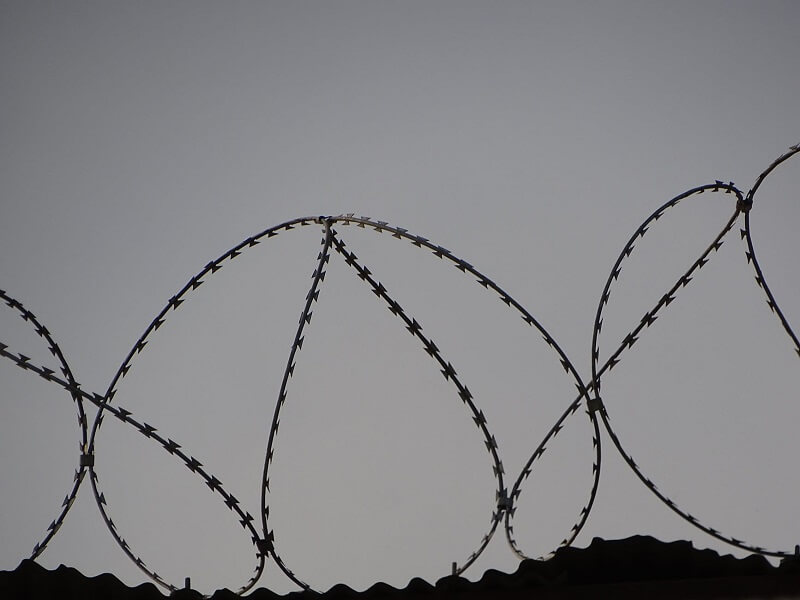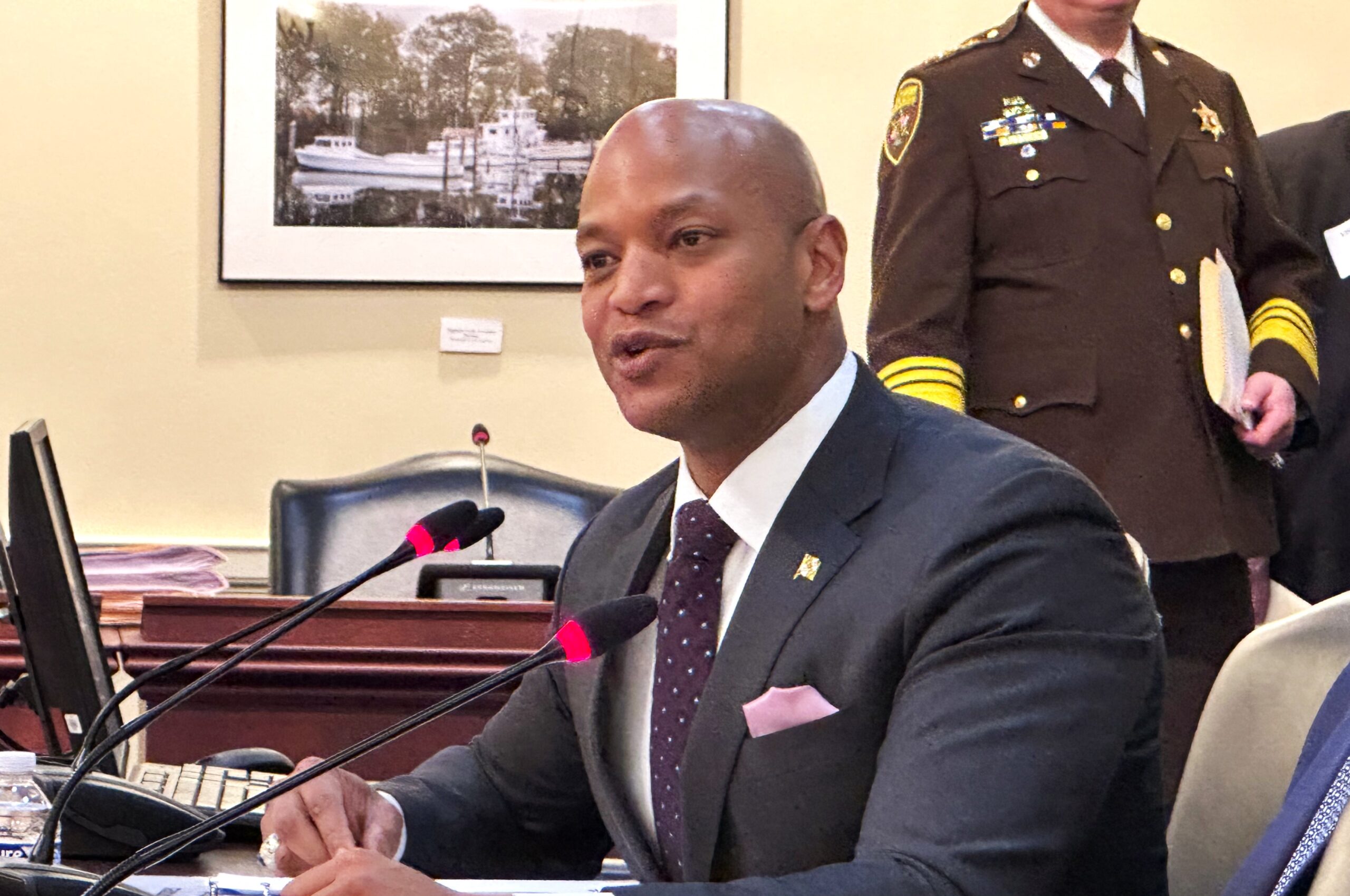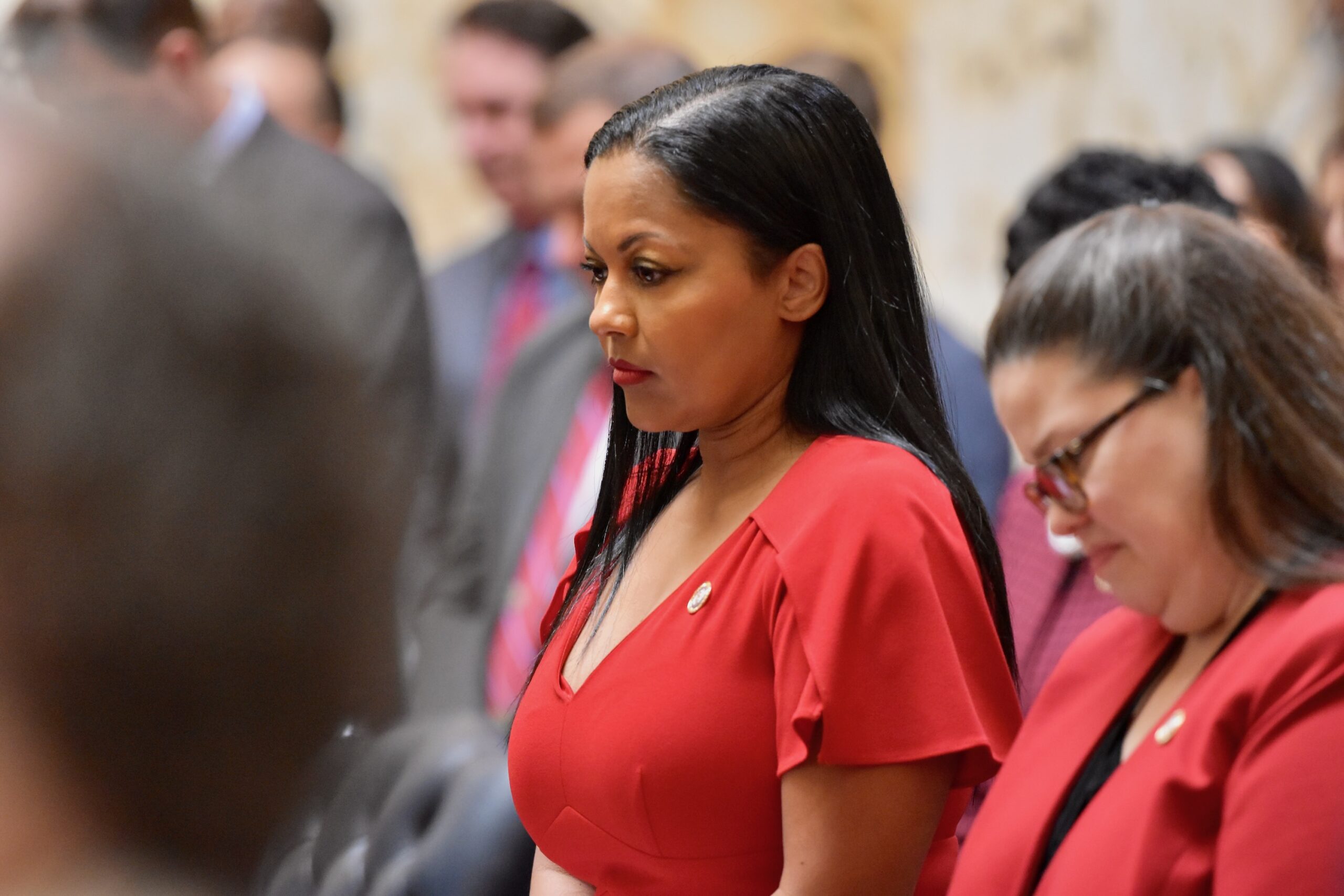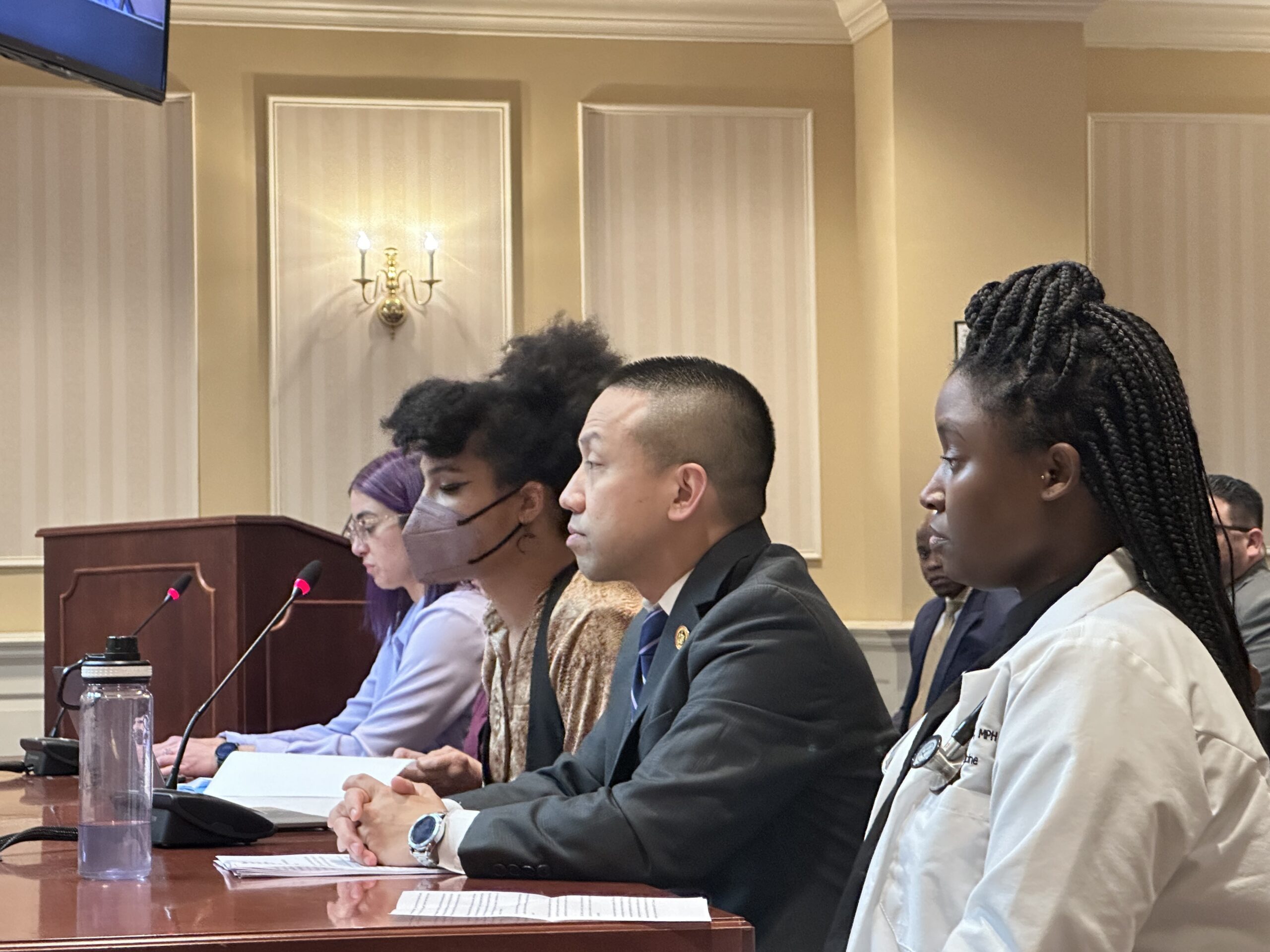Dept. of Juvenile Services Reports Fewer Intakes, Less Racial Disparity

Maryland Department of Juvenile Services officials reported Monday that they have reduced the number of intakes and lowered race disparity in state facilities amid the COVID-19 pandemic.
“I can’t answer why that’s happened,” Department of Juvenile Services Secretary Sam Abed told the House Judiciary Committee at a virtual briefing Monday. “But I think that it is imperative that we try to unpack it, understand it, and preserve what, what we’re seeing in the data right now.“
Earlier this month, the Maryland Office of the Public Defender petitioned the state’s Court of Appeals to reduce the number of residents in state-run youth facilities during the pandemic.
In response, Maryland Court of Appeals Chief Judge Mary Ellen Barbera issued guidance to state District and Circuit Court judges, encouraging them to work with attorneys in identifying youth offenders who are fit to be released.
Since the pandemic began to ramp up on in early March, the Department of Juvenile Services has reduced its detained youth population from 288 individuals to 192. Similarly, the committed youth population has declined from 353 kids to 274.
Abed said these decisions were being taken up before Barbera’s order was issued, adding that the pandemic has dramatically reduced the number of intakes at department detention centers.
“There’s virtually no one coming in through the arrest door,” he said.
The department is currently accepting intakes at four of its functioning facilities.
Notably, he said, the number of kids detained for misdemeanor crimes has dropped nearly 20%.
“If you’re looking at it from a reform lens, that’s exactly what you would want to see,” he explained. “We want to see a higher proportion of those in … predisposition detention be of those crimes of violence and the nonviolent felonies.”
Abed also noted that the race disparity in youth facilities for kids held before sentencing has decreased.
Prior to the pandemic, 77% of youths held in predisposition detention were black. That number now rests at 58%.
“What I see here is a really, a very interesting thing in our data, which is, if we were … engaged in reforms, the goal would look something like we are right now, which is to mitigate racial and ethnic disparities and, and only use detention or committed placements for those kids that pose an unreasonable risk to public safety,” Abed said.
He asserted that the combined work of the department, courts and attorneys was necessary to “determine who really is too risky to be in the community and who needs to stay,” adding that some kids were or were not recommended for release based on their circumstances, including the vulnerability of their health or that of a family member.
Del. David Moon (D-Montgomery) questioned Abed about how these reforms might continue once the state reaches the end of the public health crisis.
“So the obvious question is: When things quote, ‘return back to normal,’ what would be the justification of returning to the pre-pandemic mindset of incarcerating, you know, vast categories of people who, apparently we feel free to release right now?” he asked.
Abed said he’s unsure of how everything will unfold, but told Moon it would be a “mistake” to revert back to past priorities. He explained that the data they collect now could be “instructive” to how the department and the courts move forward.
“And because of COVID-19, we have the same priority for the court, for the prosecutor, for the defender, for the department, which is health and safety,” he explained. “That becomes the number one priority.”
“I think what we really saw was this collective deep dive into cases to really look at each youth individually, each family individually, and really be creative to develop solutions that allow youth to be safely maintained in the community,” said Betsy Fox Tolentino, the assistant secretary of strategic initiatives for the Department of Juvenile Services.
Social distancing in detention
For kids who must remain in state facilities, the department has taken several steps to ensure that they comply with social distancing guidelines.
Abed said that centers across the state were furnished with large trailers containing single-stall bathrooms so that kids can continue to practice appropriate hygiene without coming into close contact.
Youths are also still receiving educational services through newly implemented social distancing measures.
Abed paused the virtual briefing to offer a shoutout to State Superintendent of Schools Karen B. Salmon, who allowed the Department of Juvenile Services to continue in-person courses for a few weeks after her mandated closures while they prepared to present their population with distance learning measures.
He said that their current distance learning model “isn’t perfect,” likening it to the Zoom meeting that he and the Judiciary Committee were participating in, but suggested that they were working on improving it.
While other activities in facilities across the state largely have been put on pause, residents are also meeting virtually with mental health professionals, officials said.
Social distancing measures have also been put into place to protect Abed’s staff.
Department field staff have been provided laptops with webcams to communicate with their clients and the department if they didn’t already have access to one.
Community detention staff are still in the field to meet with kids and their families, but Fox Tolentino said that more of their work is now being completed over the phone or the internet.
COVID-19 confirmations
During the briefing, the department secretary broke down the protocol for facilities where officials find that they have confirmed cases.
Abed said that if a child tests positive for COVID-19, they and their families are first notified by a medical professional. The facility then begins the process of contact tracing, interviewing staff members and other residents, and reviewing video footage to determine who may have come into contact.
Kids who have tested positive or are exhibiting symptoms consistent with COVID-19 are isolated in their rooms.
After a case has been confirmed, signs are placed on facility front doors to alert staff what unit has been affected, and, if residents have been isolated, where they are staying.
Alerts are also sent to other staff members who may not have come into contact with the individual to alert them of the confirmed case.
As of Monday, there were no active cases of COVID-19 among youth in the Department of Juvenile Services’ facilities — all five previously confirmed cases have recovered. Additionally, there are eight active cases among staff and three recoveries.
Since the pandemic began, the department has closed two facilities: The Savage Mountain Youth Center in Allegany County and the J. Deweese Carter Women’s Center in Kent County, which closed because their food vendors pulled their services.
Kids housed at the now-defunct Savage Mountain facility have been taken to the Victor Cullen Center in Frederick County and the young women from the Carter Center are now held at the Lower Eastern Shore Children’s Center in Wicomico County.




 Creative Commons Attribution
Creative Commons Attribution